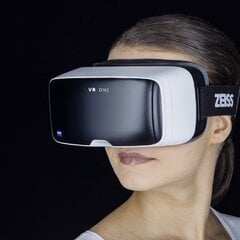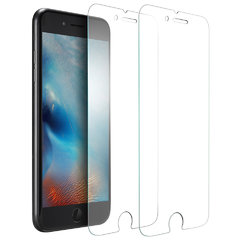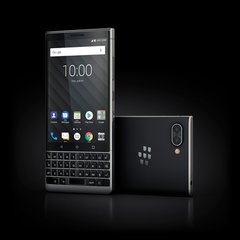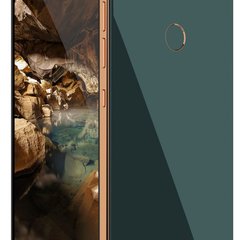Smartphone Display Technology
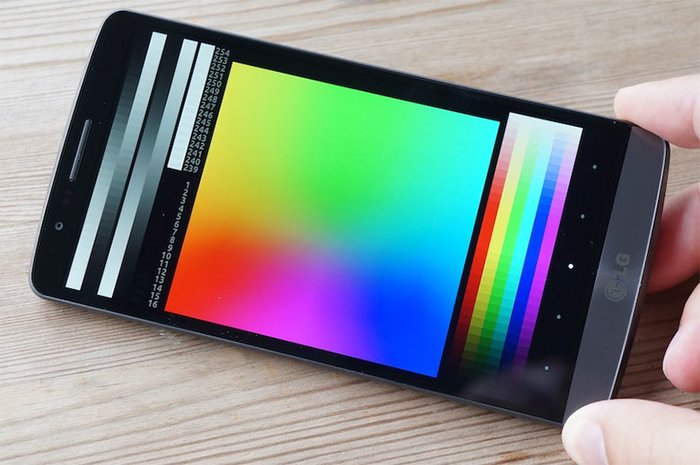
1. LCD based smartphone display
LCD stands for "liquid crystal display". It is an electronic visual display that uses light modulating properties of liquid crystal to show us an image on an electronic device. This display has two sheets of polarizing material, with liquid crystals between them. When an electric current passes the liquid, it causes crystals to align and prevent light from transferring. LCDs are efficient energy consumers and provide quite a good image quality. The best feature of this technology is that it provides excellent readability even under direct sunlight. Quality daylight visibility is the main reason LCD is the most prevalent technology for mobile devices nowadays. The most popular LCD technologies used by mobile device manufacturers are: a) TFT LCD - thin-film transistor LCD. It uses active matrix technology and places a transistor next to each pixel enabling it to be turned on and off individually. This technology is favorite among smartphone manufacturers because it gives satisfying image quality and resolution and has a response time that is high enough. However, charging such a display is a demanding task, which results in poor battery life. Another issue that can come up is a quality of production of such displays. Product lines are using a few different construction methods, and you can't expect the same standards when you see that a device has TFT LCD. You will find such displays on budget phones, and on a few top models, but they will be providing quite a different performances. [caption id="attachment_8192" align="aligncenter" width="300"] This is how a TFT LCD module looks like[/caption] b) IPS LCD - in-plane switching LCD. This display uses similar technology as TFT, but it applies two transistors per pixel to turn them on and off instead of one. IPS LCDs are quite thin, have wide viewing angle, and produce a high-quality image. The downside of this technology is a production price. It is quite expensive, and this is why you will meet this kind of display only on high-end devices. Premium version of this type of screen, Super IPS LCD has improved performances - faster response time and better color reproduction, and costs even more. The most famous devices with IPS LCD are iPhones (from a version 4 onwards). You will recognize this display under a different name - Retina. [caption id="attachment_8193" align="aligncenter" width="300"] Some of the Apple devices with Retina display.[/caption]2. LED-based smartphone displays
LED, or "light emitting diodes" are semiconductor light sources that are used to create different kinds of displays for half a century. Improvements in this technology lead to a series of inventions that made basic display components smaller, more powerful and efficient. Thanks to LED's high switching rate we now have new and advanced technologies, such: a) OLED - Organic light-emitting diode. It uses a thin film of organic compounds which emits light in contact with electric current. The primary benefit of OLED is that it doesn't require a backlight like LCD, thus spends far less power than competitors. The organic layer is thin, light and flexible, and it gives OLED a lot of interesting features. Such displays are excellent in color reproduction, have good contrast, fast response time for video and animation representation. On top of that, they are cheaper and simpler to make than LCDs are. [caption id="attachment_8194" align="aligncenter" width="300"] OLED displays are quite flexible.[/caption] b) AMOLED - active matrix organic light emitting diode. The technology used here is the same as the one used by OLED (uses a passive matrix instead of an active). The main difference is that AMOLED enables you to control each pixel individually and decide if it needs to be active or not. It has all the excellent features of OLED display and spends far less battery power. These traits make AMOLED one of the preferred technologies used on portable devices. There are numerous improvements and variations of AMOLED displays. We have Super AMOLED, Super AMOLED Advanced, Super AMOLED Plus, HD Super AMOLED, HD Super AMOLED Plus, Full HD Super AMOLED, Quad HD Super AMOLED. All of these names are mainly marketing terms. All of the AMOLEDs mentioned above have the same base, with some additional features, which gives them different super-powers. For example, Super AMOLED is Samsung technology with super-power to reduce the reflection of sunlight to one-fifth of brightness comparing to original AMOLED. Most of the leading smartphone manufacturers are using this technology to produce displays. So far, Samsung is leading by the number of innovations and modifications made. [caption id="attachment_8195" align="aligncenter" width="300"] Full HD Amoled is a technology used by Samsung.[/caption]In Conclusion
Top companies are giving their best to confuse the average smartphone user with all the acronyms and names that they are using to mark their displays. At the bottom line, all the smartphone displays on the market are LCD or LED based. Everything else is an upgrade to this foundation. It is great that there are so many improvements and innovations in the field of smartphone displays. After all, it is what we see and look at all the time. The screen have become the main selling point of a smartphone, so it is not surprising that companies are investing in improving this area. We are eager to see what will come up next. Until then enjoy in your LED or LCD! Image source: PocketNow, KonwYourMobile, Oled.at, AndroidHeadlinesLas categorías
Futuristic Future Review Market Compare models Coming Soon General New Technologies News Actual Alcatel Tips Huawei Gorilla glass Comparation Smartwatch Apps Software Apple Blackberry HTC Motorola Nokia Sony LG Samsung Android Sony Ericsson Interesting Little school Inovations Microsoft Symbian iOS Acer Google Games Popular
Entradas populares
Etiquetas
New model Android Samsung nokia apple iPhone review Inovations HTC Blackberry iOS Google LG motorola Operative system research sony Galaxy update market share Samsung Galaxy S8 galaxy s5 Ice Cream Sandwich LG G3 price Sony Ericsson AMOLED LG G3 Future vision Gingerbread definition Tablet camera Huawei game iPhone 5S LG G3 screen
Buscar
Busca y ve las últimas publicaciones del blog.






